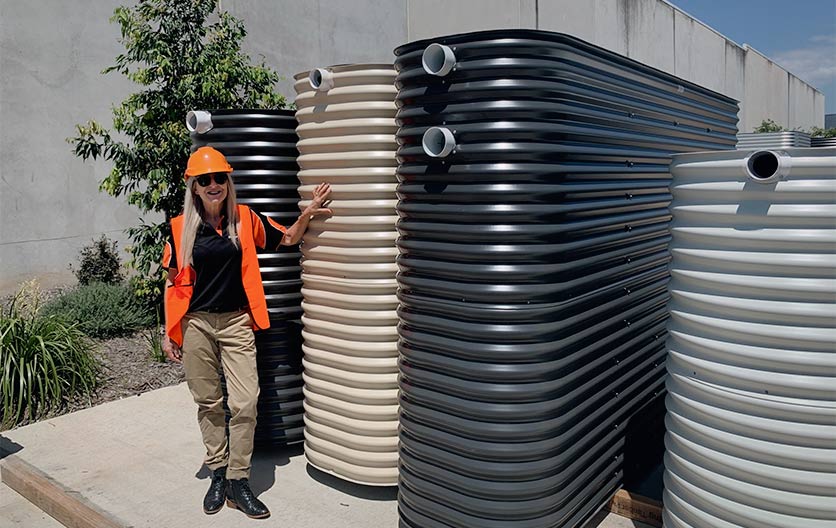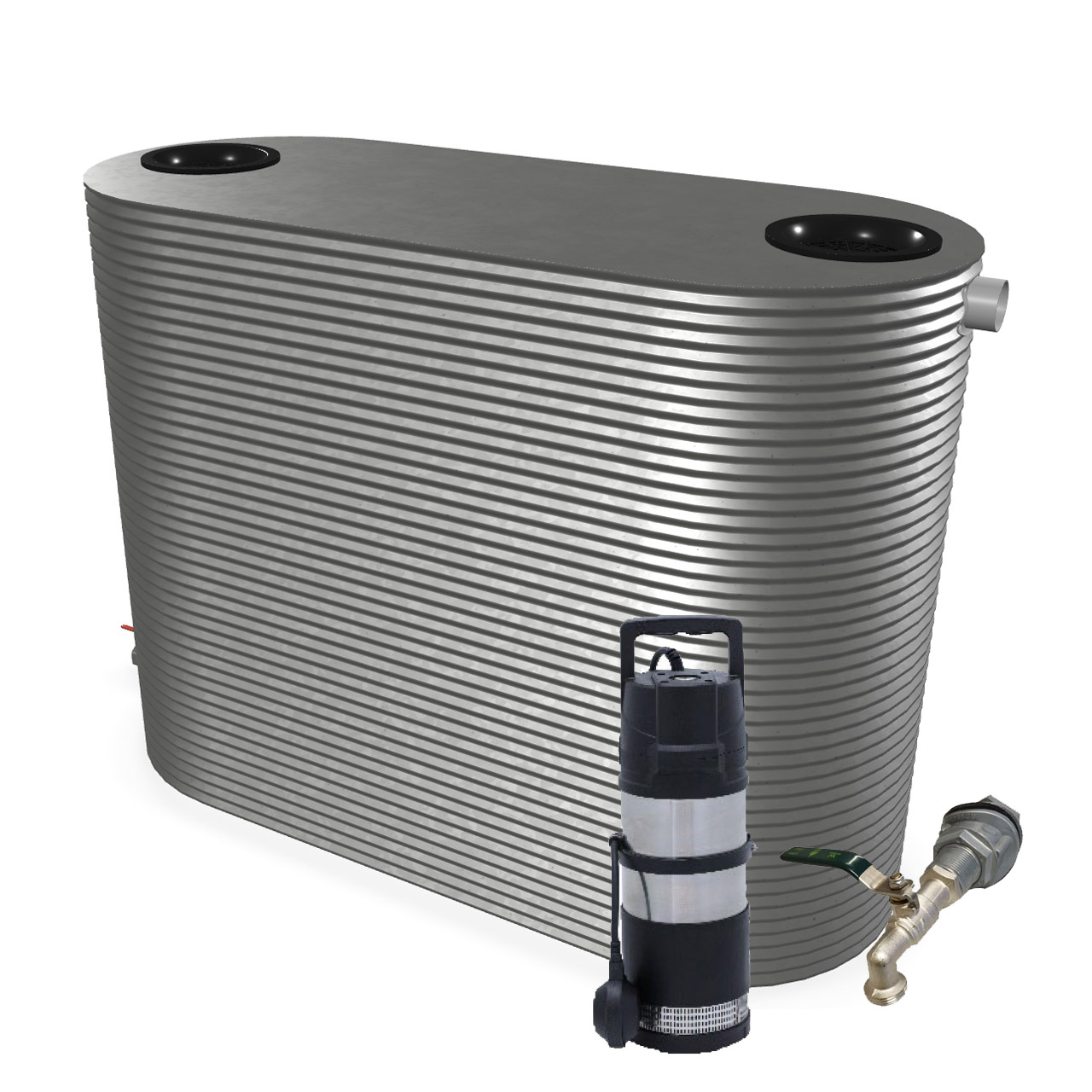Reliable Slimline Water Tanks: Optimize Your Water Storage Ability
Reliable Slimline Water Tanks: Optimize Your Water Storage Ability
Blog Article
Recognizing the Importance of Rain Containers in Drought-Prone Regions for Water Protection
In regions at risk to long term dry spells, the function of rainwater storage tanks in strengthening water safety and security is a topic of expanding significance. As areas grapple with the obstacles of water deficiency, recognizing the relevance of these tanks goes past plain collection of rain. Rainwater containers function as a vital tool in reducing the influence of water lacks by providing a lasting source of water for different demands. The real worth of rain tanks prolongs far past simple storage; it incorporates resilience-building procedures and the promo of long-lasting water preservation approaches. This multifaceted strategy to water protection warrants a better assessment of the function rainwater tanks play in guaranteeing a trustworthy supply of water during times of drought.
Advantages of Rain Containers
Using rainwater tanks provides a lasting option for increasing water supply and boosting water safety in household and business settings. One of the main advantages of rainwater containers is their capacity to minimize reliance on mains water supply. By capturing and keeping rain that drops on rooftops, this alternative source can be made use of for numerous non-potable objectives such as watering, purging bathrooms, and washing garments. This not just preserves cured alcohol consumption water yet additionally reduces water bills for individuals.

Rain Harvesting Methods
Rain harvesting techniques include a series of techniques designed to successfully accumulate and keep rainwater for different objectives, adding to water conservation and sustainability. One typical technique is the installation of rooftop catchment systems, where rain is accumulated from the roof of a structure and guided to a tank. This approach is relatively simple and cost-effective. An additional preferred method is the use of above-ground or underground tank to save rainwater for later usage. These storage tanks come in various dimensions and products to suit different demands and can be connected to the existing pipes system for easy accessibility.

In addition, rain yards and absorptive pavements are innovative strategies that involve landscaping or paving surfaces in a manner that allows rainwater to percolate right into the ground, replenishing groundwater reserves. In addition, shape farming and terracing are agricultural techniques that assist record rainwater and protect against soil disintegration in hilly surface. By implementing these diverse rain harvesting techniques, communities can enhance water safety and durability in drought-prone regions while advertising sustainable water administration methods.
Relevance of Water Safety And Security
Making certain trusted access to tidy and enough water resources is paramount for sustaining human health, financial advancement, and ecological health. Water security is an important element of societal resilience, particularly in regions vulnerable to droughts and water deficiency. Ample water safety and security incorporates various measurements, including accessibility, top quality, and accessibility of water for domestic, agricultural, industrial, and ecological needs.
Water safety and security plays a crucial role in advertising public health and wellness by decreasing the occurrence of waterborne illness and making sure hygiene facilities. Economically, water protection is necessary for farming productivity, industrial operations, and general financial growth. Slimline water tanks. Water protection is carefully linked to environmental sustainability, as it supports read the article ecosystems, biodiversity, and general environmental equilibrium.
In drought-prone areas, water protection comes to be much more important as a result of the heightened danger of water scarcities. Implementing techniques like rainwater harvesting, water recycling, and effective water monitoring practices can dramatically enhance water safety and security in these areas. By focusing on water safety, communities can better withstand the effects of climate modification, populace growth, and other challenges that endanger water availability.
Enhancing Water Durability
With boosting worldwide water challenges, building strength in water systems recommended you read has actually ended up being a critical emphasis for lasting advancement initiatives. Enhancing water durability entails implementing strategies to make certain water accessibility and high quality despite changing ecological conditions, such as dry spells, floodings, and pollution.
One key aspect of improving water resilience is advertising using rainwater storage tanks in drought-prone regions - Slimline water tanks. Rain containers function as a reliable ways of catching and storing rainwater for later usage, minimizing reliance on scarce freshwater sources during dry periods. By including rain harvesting systems into water monitoring strategies, neighborhoods can boost their capability to withstand water scarcity and maintain water safety and security

Sustainable Water Preservation
Amidst rising water obstacles, the prudent monitoring of water sources via sustainable preservation practices is vital for making sure lasting ecological security and social well-being. Sustainable water preservation entails the reliable use of water resources to meet present requirements without jeopardizing the capability of future generations to fulfill their own needs. By applying strategies such as rain harvesting, greywater recycling, and water-efficient innovations, neighborhoods can lower water waste and relieve stress on freshwater resources.
Additionally, sustainable water preservation practices add to this website ecosystem health and wellness by keeping appropriate water levels in rivers, lakes, and marshes, supporting biodiversity, and preserving all-natural habitats. These methods likewise play a critical role in reducing the impacts of environment change by helping to adjust to altering precipitation patterns and water schedule.

Final Thought
Finally, rain containers play a critical function in boosting water protection and strength in drought-prone regions. By making use of rain harvesting methods, neighborhoods can minimize their reliance on conventional water resources and promote sustainable water conservation techniques. This not just aids alleviate the effects of water deficiency throughout droughts however additionally contributes to long-term water safety and security and strength despite environment change challenges.
Report this page